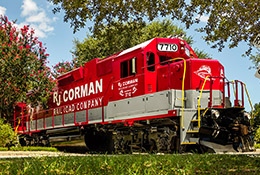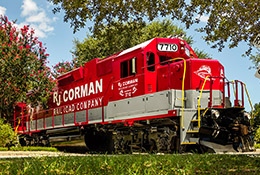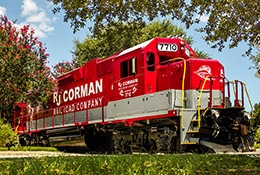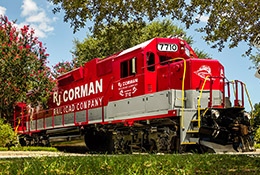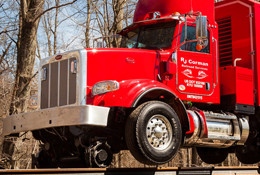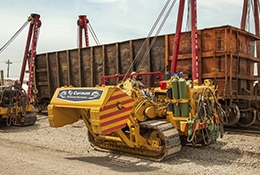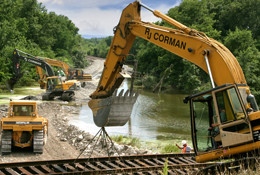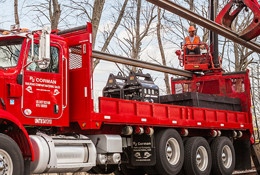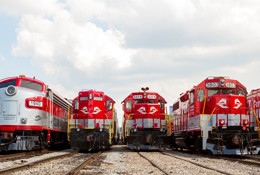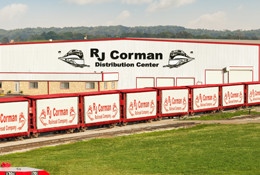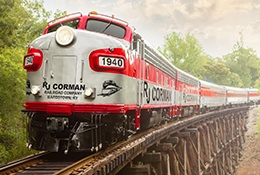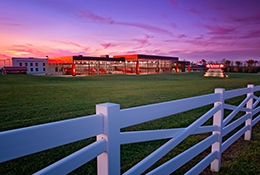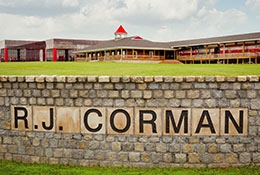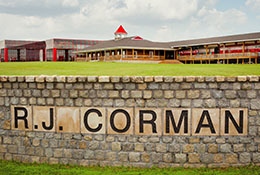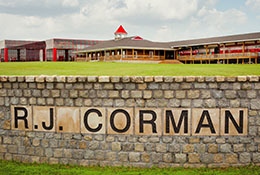
Projects Involving Railroad Property
Accessing R. J. Corman property for any purpose requires written permission. Any construction requires plan review, flagging and/or inspection, scheduling and a signed agreement from R. J. Corman. Safety is our number one priority.
Railroad Property Entry Application
Wirelines
Plans for proposed installation shall be submitted to and meet the approval of the Railroad Company before construction. Material and installation are to be in strict accordance with specifications of National Electrical Safety Code, current edition, AREMA and requirements of R. J. Corman Railroad Company.
Pipelines
Plans for proposed installation shall be submitted to and meet the approval of the Railroad Company before construction. Material and installation are to be in strict accordance with specifications of National Electrical Safety Code, current edition, AREMA and requirements of R. J. Corman Railroad Company.
Valuation Maps
R. J. Corman Railroad Company owns land in 10 states. If you require a valuation map for an R. J. Corman right of way, you must submit an application along with the applicable fee.
Rental Fee - Rate Card
Please see the below link for pricing for select Real Estate Services. Please note this pricing is evaluated based on the needs and requirements of an individual project, and this list is for reference only.
Rental Fee - Rate Card Schedule
Trails & Pathways
Due to the added risks and hazards associated with pedestrian and motor vehicle traffic moving adjacent to or across active railroad tracks, R. J. Corman will not donate, sell, lease or grant easements along its operating corridors for pedestrian walking/hiking/jogging trails, bikeway paths, parks or other recreational uses.
R. J. Corman does not participate in the “Rails With Trails” program, but does support “Rails To Trails” on a select basis on abandoned track right of way.
Quiet Zones
Trains sound their horns to warn motorists and pedestrians that a train is coming. The Federal Railroad Administration (FRA) has very specific requirements as to when, where, how long and how loud a train must sound its horn (FRA Train Horn Rule: 49 CFR 222).
According to FRA rules, train horns must:
- be within 96 and 110 decibels
- be sounded at least 15 seconds but no more than 20 seconds before reaching a crossing
- be sounded no more than a quarter of a mile from a crossing if the train is traveling faster than 60 mph
- be sounded approaching persons on or near the track
- be sounded while moving through tunnels
A quiet zone is an FRA exemption to the rule requiring trains to sound their horns when approaching public highway-rail grade crossings.
A quiet zone may be a section of rail line at least one-half mile in length that contains one or more consecutive public grade crossings or a single public grade crossing at which locomotive horns are not routinely sounded.
Citizens who would like to establish quiet zones should contact their local public agency. Only a public agency may request a quiet zone and initiate the establishment process. The establishment of a quiet zone falls under the authority of the FRA.
Additional information can be found by visiting the FRA website

